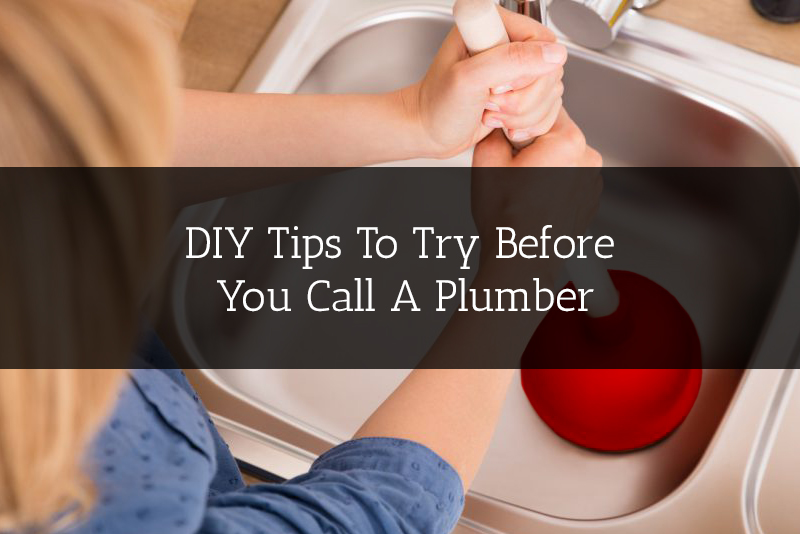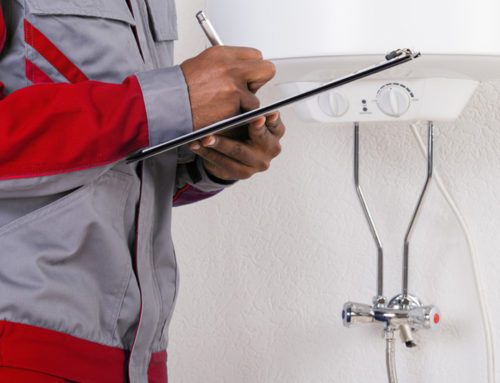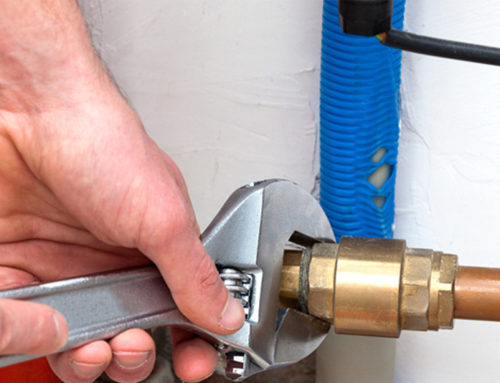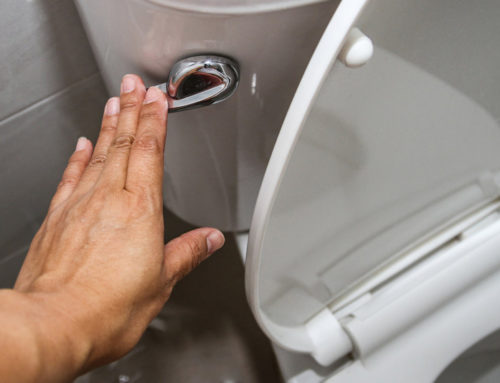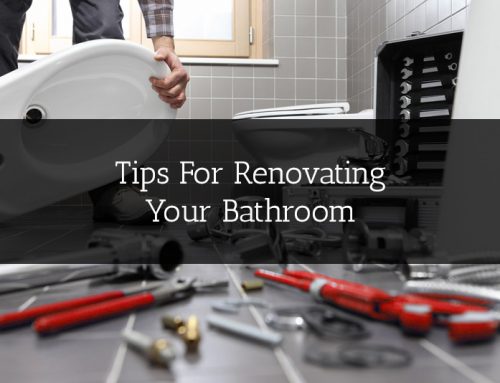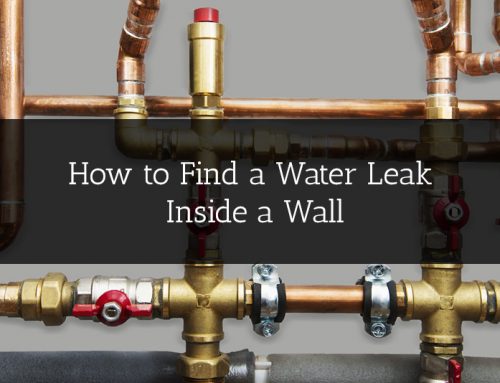At Trojan Plumbing we know that nothing can replace the experience and expertise of a licensed plumber in a real plumbing emergency, but for smaller plumbing issues, it may not be necessary to call one straight away!
Here are 4 common plumbing issues that we hear of often from homeowners, and some useful DIY tips for fixing these minor plumbing issues that you can try, before you have to call a certified plumber.
Drain Blockages
The most obvious way of clearing out a blockage, is to have a look into the drain and see what is causing the blockage. Take a torch, and get a good look into the drain.
Sometimes, you can actually see hair and soap if it is in the bathroom or scum, bits of food etc in the kitchen sink, which means you can reach in and pull the block out. You can use tweezers or a wire coat hanger to pull out the blockage, but please be sure to where gloves. Once the block is out, run some water to check that the water is now running freely. If this does not resolve the blockage, then it is time to call the professionals.
Leaky Faucet
A leaky faucet can be relatively easy to fix depending on the type of one you have. It would be best to familiarise yourself on the basic types of faucets and how to take them apart. You can look for instructions online; YouTube videos are the most useful. A slow drip usually means that you would just need to replace the washer, but make sure you know which size you need before buying a new one.
Running Toilet
Running toilets are typically caused by a worn-out rubber flapper between the tank and bowl, or when the toilet’s water level in the tank is set too high.
How to replace a Toilet Tank Flapper:
- Start by turning off the water to the toilet by adjusting the valve on the pipe feeding into the toilet bowl.
- Open the toilet bowl to identify the problem, it may be that the chain is broken or needs replacing.
- Flush the toilet to clear the water in the tank.
- Remove the chain from the flush lever and remove the old flapper by sliding it upwards off the overflow tube. Modern plastic flappers may have little ears that need to be bent to remove.
- Install the new flapper by sliding it down, over the overflow tube, until it touches the bottom of the tank.
- Toilet models may differ somewhat, so be sure you no which brand you need when buying your new flapper,
Pipe Leakages
Smaller pipe leakages can happen quite often so most of these leaks can be taken care of with some DIY plumbing of your own. First thing you would need to do is turn off the water supply to the pipe.
Seal a rubber sheet around the part of the pipe that’s leaking. You can use a sleeve clamp to fasten the rubber, but the adjustable clamp can stop the leakage. You can always fix those small leaks in your home this way. If the leakage gets worse or you have a serious leakage, then we suggest you contact one of our professional certified plumbers.
We hope that some of the DIY tips have been helpful, unfortunately not every problem can be sorted out with DIY plumbing, so if you are at all concerned or the problem becomes worse, give Trojan Plumbing a call and one of our certified plumbers will be able to assist you.

